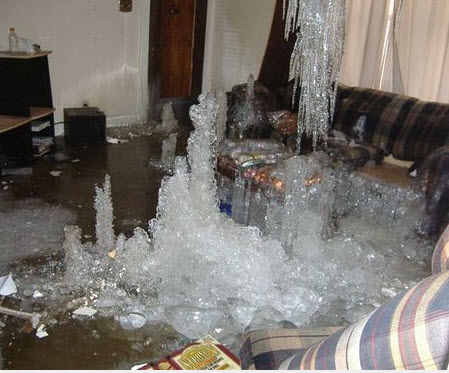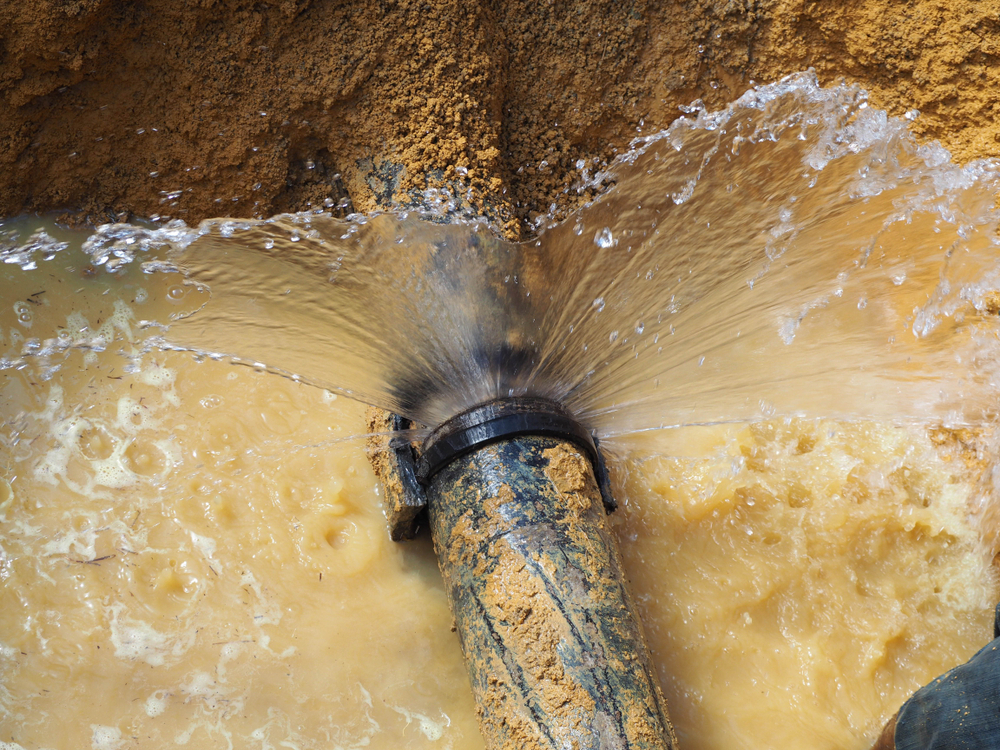From Detection to Correction: A Fast Approach to Handling Burst Pipes
From Detection to Correction: A Fast Approach to Handling Burst Pipes
Blog Article
The publisher is making several great points about How to Prepare for Your Dishwasher Installation as a whole in the article in the next paragraphs.

A ruptured pipeline is a major emergency; you can just stand as you view water you pay a lot to reunite with the planet. In worse situations, you notice a swimming pool on your kitchen floor, which is a wonderful trip danger, specifically if you have kids around. If the pipeline that burst remained in your wall surfaces, problem: you may require to paint that entire area.
How can a catastrophe like a ruptured pipe be protected against and handled? Well, by paying attention to your expert emergency plumbing professionals and complying with these policies.
How do I understand when my pipelines have burst?
Varying water stress
Pipelines do not just burst in a day. You might have seen that your kitchen tap or shower does not run quickly when you transform the tap. It might pause for a couple of secs and then blast you with more force than common.
In other instances, the water may appear regular initially, after that decrease in pressure after a few secs.
Damp wall surfaces and water spots
Prior to a pipeline ruptureds, it will leak, many times. If this consistent dripping goes undetected, the leakage might graduate into a broad tear in your pipeline. One very easy way to avoid this emergency is to watch out for damp wall surfaces advertisement water discolorations. These water stains will lead you right to the leak.
Puddles under pipes as well as sinks
When a pipe ruptureds, the discharge develops a pool. It might show up that the pool is expanding in dimension, and also no matter how many times you mop the puddle, in a few minutes, there's another one waiting to be cleaned. Typically, you may not be able to trace the puddle to any type of visible pipes. This is an indication to call an expert plumber.
Untraceable leaking noises
Pipe bursts can occur in the most undesirable areas, like within concrete, inside wall surfaces, or under sinks. When your house goes quiet, you might be able to hear an irritatingly consistent dripping noise. Even after you have actually examined your shower head and also cooking area faucet, the leaking may continue.
Dear reader, the trickling may be coming from a pipe inside your walls. There isn't much you can do about that, other than inform a specialist plumber.
Turn off the Water
When water freezes, it expands in volume by concerning 9 percent. And also it broadens with incredible force: The stress inside pipelines may go from 40 extra pounds per square inch to 40,000 psi! No pipeline can hold that much stress, so it breaks open. The break may take place where the ice kinds, however more frequently, it occurs where water stress locates a vulnerable point in the pipe. That may be inches or even feet from the icy area. Find the water shutoff valve and also switch off the water to avoid more damage. You could likewise need to shut down the power also, depending on where the leakages happens and how large it is.
Polluted water
Many people think a burst pipe is a one-way electrical outlet. Rather the contrary. As water spurts of the hole or tear in your plumbing system, pollutants find their method.
Your water may be infected from the source, so if you can, check if your water container has any troubles. Nevertheless, if your drinking water is supplied and also cleansed by the local government, you must call your plumber promptly if you see or smell anything amusing in your water.
What do I do when I find a ruptured pipe?
Your water meter will certainly continue to run also while your water wastes. To lessen your losses, find the major controls and transform the supply off. The water mains are an above-ground framework at the edge of your property.
How to Fix & Detect a Leaking Pipe
How Do I Know if a Pipe is Leaking?
Leak detection tests can help you determine if your pipe has a leak. Even if you don’t see an apparent leak, you should still conduct leak detection tests regularly to save water and money—and prevent major damage to your home.
Water meter. It can be helpful to figure out what your usual water meter usage numbers are and then monitor them regularly. To monitor your meter, first, turn off all water faucets in your home. Check the meter and write down the numbers. In a few hours, check the meter again. If the numbers have changed, you have a leak. Water gauge. Use a water gauge to test your water pressure. Your showerhead should produce a certain amount of water pressure based on its model and design. If the pressure is lower than it is supposed to be for that specific showerhead, your home likely has a leak. Puddles. Look inside your bathroom, laundry, and kitchen sink cabinets. Puddles around the cabinets or around toilets, tubs, showers, and washing machines indicate the presence of a leaking pipe. You may also notice loose tiles, peeling or flaking paint, or mold caused by water accumulation. Napkin test. Even if you don’t see any puddles, you may still have a leak. You can test for water leaks in the bathroom, laundry, and kitchen by wiping below-sink connections with a napkin, paper towel, or piece of toilet paper. If it becomes damp, you probably have a leaking pipe under the sink. Discolored walls. Walls that are discolored—usually with brown or yellow stains—or bulging might mean that they have been impacted by water damage caused by a leaking pipe. Smell. A leaky pipe will create sitting water, and over time, that water may develop a musty smell. If your home smells musty, but you can’t locate the source, it may be due to a leak. Steps for Fixing a Leaking Pipe
A leaky drain can be remedied by tightening the pipe base, replacing the drain seal, caulking the rim, and tightening the pipe nut. Similarly, a leaking toilet pipe can be treated by tightening the packing nut. You may also need to replace the valve. A leaky faucet may just need tightening or replacement of the washers. If that doesn’t work, consider replacing your faucet. If your pipe has a hole in it, you may want to use a pipe leak sealer or pipe leak tape. This quick fix for water pipe leaks can also temporarily fix a copper pipe leak. https://www.ahs.com/home-matters/quick-tips/how-to-tell-if-pipes-are-leaking/

We had been shown that write-up on How to Prepare for Your Dishwasher Installation from an acquaintance on another web property. Are you aware of someone else who is in the market for the niche? Take a moment to share it. Thanks a bunch for your time. Come back soon.
This Post
Report this page